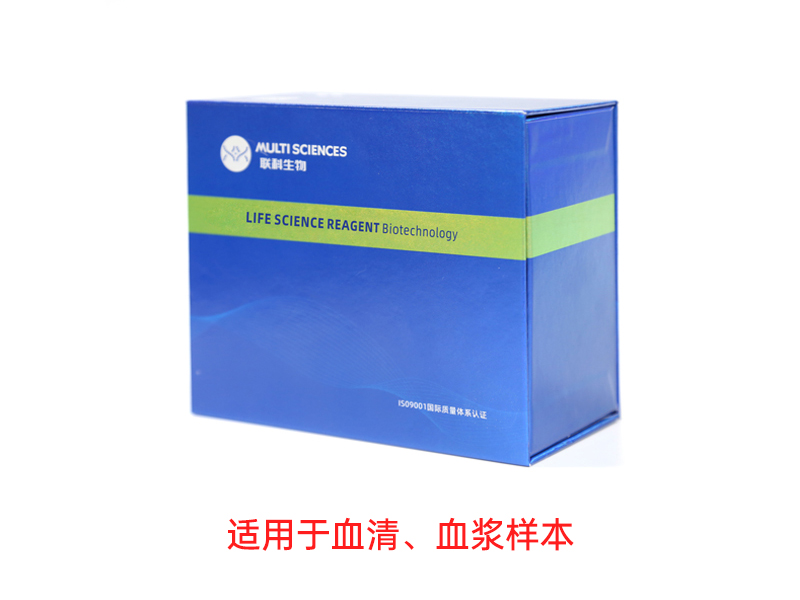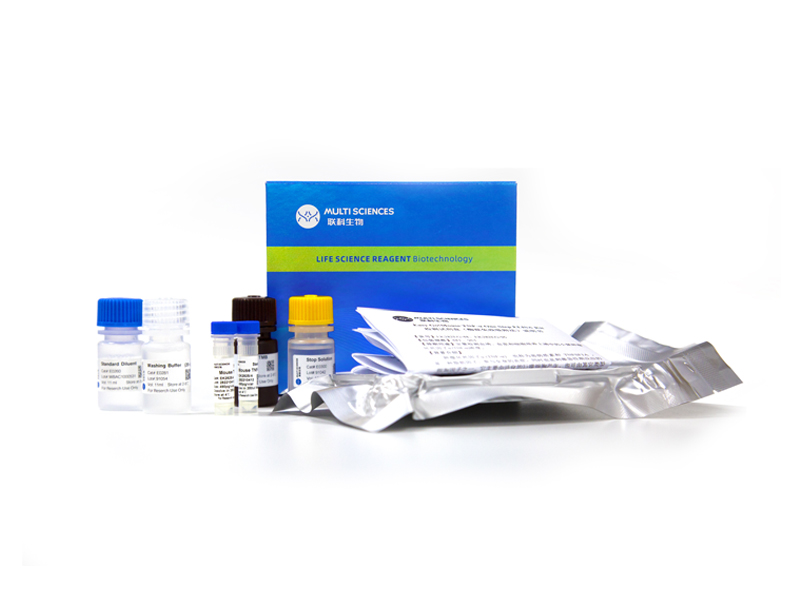The penetration ability of visible light (<2 mm) and near-infrared (NIR) light (?1 cm) remarkably impairs the therapeutic efficacy and clinical applications of photodynamic therapy (PDT). To address the limitation of light penetration depth, a novel self-luminescent bacterium, teLuc.FP-EcN, has been engineered through transfection of a fusion expression plasmid containing the luciferase gene teLuc and bright red fluorescent protein mScarlet-I into Escherichia coli Nissle 1917 (EcN). The engineered teLuc.FP-EcN can specifically target and colonize tumors without significant toxicity to the host. Acting as a continuous internal light source, teLuc.FP-EcN can activate the photosensitizer chlorin e6 (Ce6) to generate reactive oxygen species (ROS) and then effectively destroy tumor tissue from the inside. As a result, a significant reduction in tumor proliferation and extension of the overall survival in mouse tumor models has been observed. Furthermore, teLuc.FP-EcN-boosted PDT amplified its therapeutic effect by activating antitumor immune response, including the conversion of M2 macrophages into pro-inflammatory M1 macrophages, as well as an increase in the proportion of CD3+ T cells and a decrease in T-cell exhaustion. In conclusion, teLuc.FP-EcN can be used as an implantable light source for tumor phototherapy, which simultaneously possesses ROS generation and immune regulation.
文章引用产品列表
-
- EK201BEGA 35 Citations
- 一步法ELISA试剂盒
EasyGo!™ Mouse IL-1β One-Step ELISA Kit 检测试剂盒(酶联免疫吸附法)
- ¥2,190.00 – ¥3,650.00
-
- EK206EGA 56 Citations
- 一步法ELISA试剂盒
EasyGo!™ Mouse IL-6 One-Step ELISA Kit 检测试剂盒(酶联免疫吸附法)
- ¥2,190.00 – ¥3,650.00
-
- EK282 1454 Citations
- FEATURED ELISA KIT, ELISA试剂盒
Mouse TNF-a ELISA Kit检测试剂盒(酶联免疫吸附法)
- ¥1,600.00 – ¥10,800.00
-
- EK280HS 394 Citations
- 高敏试剂盒
Mouse IFN-γ High Sensitivity ELISA Kit检测试剂盒(酶联免疫吸附法)
- ¥2,000.00 – ¥3,400.00
-
- EK282HS 1241 Citations
- 高敏试剂盒
Mouse TNF-α High Sensitivity ELISA Kit检测试剂盒(酶联免疫吸附法)
- ¥2,000.00 – ¥3,400.00
-
- EK280 477 Citations
- ELISA试剂盒
Mouse IFN-gamma ELISA Kit检测试剂盒(酶联免疫吸附法)
- ¥1,600.00 – ¥10,800.00
-
- EK206 1296 Citations
- ELISA试剂盒
Mouse IL-6 ELISA Kit检测试剂盒(酶联免疫吸附法)
- ¥1,600.00 – ¥10,800.00
-
- EK206HS 1080 Citations
- 高敏试剂盒
Mouse IL-6 High Sensitivity ELISA Kit检测试剂盒(酶联免疫吸附法)
- ¥2,000.00 – ¥3,400.00
-
- EK201BHS 786 Citations
- 高敏试剂盒
Mouse IL-1β High Sensitivity ELISA Kit检测试剂盒(酶联免疫吸附法)
- ¥2,000.00 – ¥3,400.00
-
- EK201B 939 Citations
- ELISA试剂盒
Mouse IL-1β ELISA Kit 检测试剂盒(酶联免疫吸附法)
- ¥1,600.00 – ¥10,800.00





